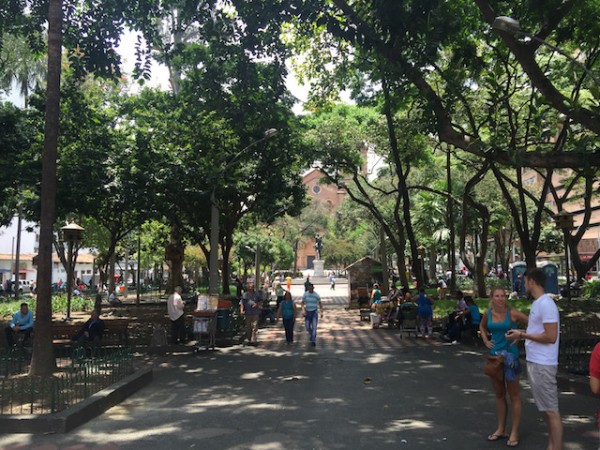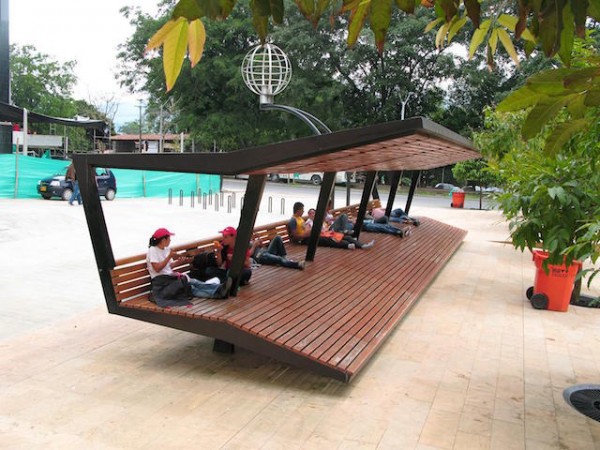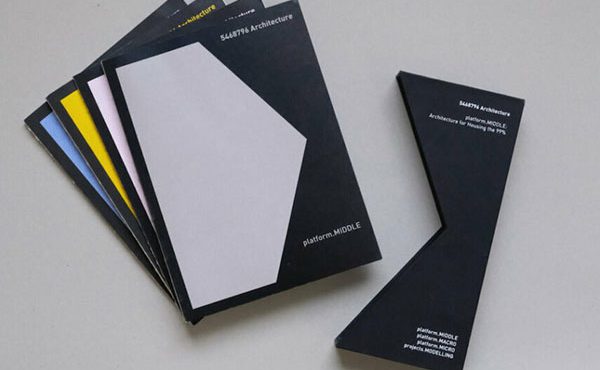David Escobar-Arango is the keynote speaker Park People’s 2016 Park Summit taking place on Saturday, March 5th. This interview provides a sneak peek into topics that will be covered in Escobar-Arango’s talk.
Can you describe some of the challenges facing Medellín, Colombia when you were Private Secretary and Director of Planning?
Medellín was one of the most violent cities in the world as well as the most unequal of Colombia. It was in the top 3 countries regarding inequality in Latin America, the most unequal region in the world. Also, the 20th century informal growth of the city generated a chaotic situation of slums, violence, and poverty intertwined and indistinguishable from each other. At the same time, there was a resilient civil society, a financially healthy private sector and young entrepreneurs waiting for opportunities.
How were parks and public spaces used as a tool for community development and revitalization in Medellín?
For us, the concept of park goes beyond what you call a park. We think of streets, libraries, museums, promenades, schools, etcetera as places for encounter. We need to learn to embrace diversity, to see each other and respect differences to resolve conflicts peacefully—parks in this wider meaning, are crucial. Places for coexistence and enjoyment of our condition as citizens. They are places that integrate a chain of concepts that were the base of our political platform: education, culture, entrepreneurship, arts, sports, community houses, access to the internet. For us, the library parks are gates to individual freedom and social cohesion.
Park and public space projects can be contentious in that they involve many different people who may have different visions of how space should be used. How did you engage with communities in the park projects you led?
Communities participated from scratch imagining the spaces through workshops, participatory planning, co-designing sometimes. Also, our communication strategies went beyond media and traditional advertising. We faced those projects as our opportunity as a society to be of real value to the world, to stop being a “negative brand” associated with violence and crime.
Do you have any favourite park systems you’ve seen in the cities that you’ve travelled to? What sets them apart?
Difficult. I enjoyed very much San Francisco’s parks last year. The Golden Gate park is amazing… but I have to say that parks, as many social and urban interventions, have to be contextual: solve the problems of a community or a society. In that case, our own system is even still insufficient is the best. Parks, not just for public health or mere recreation, but as tools for transforming a city, for creating hope and being the symbol of a society that believes that education is the most powerful way to change the world.
Don’t miss your opportunity to hear David Escobar-Arango live at Park People’s Park Summit 2016 on Saturday, March 5 in Toronto. Registration is free, but space is limited and the summit is close to sold-out.



